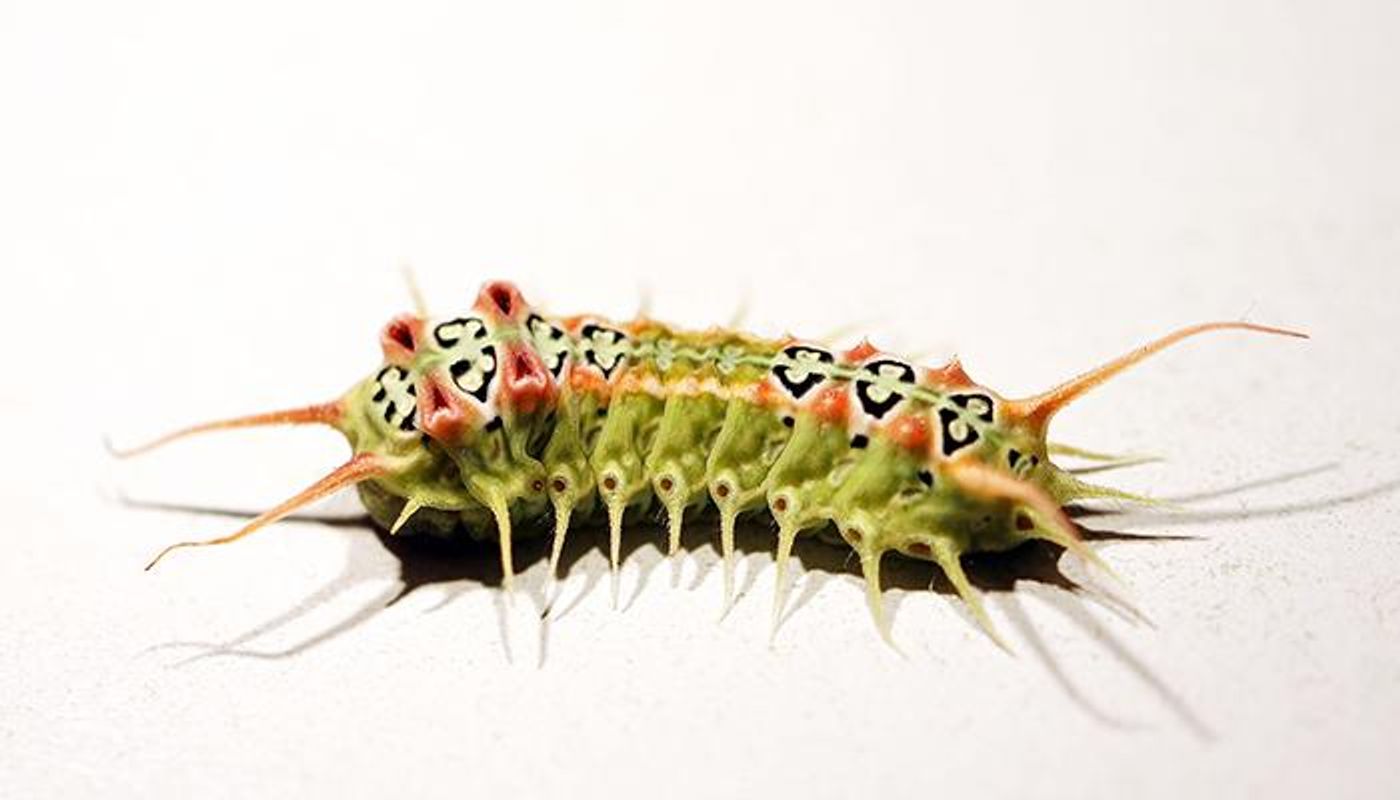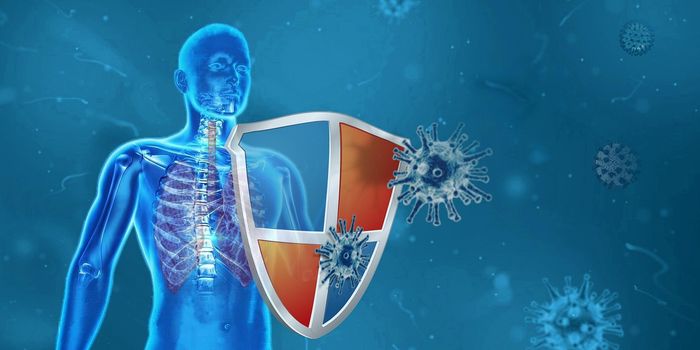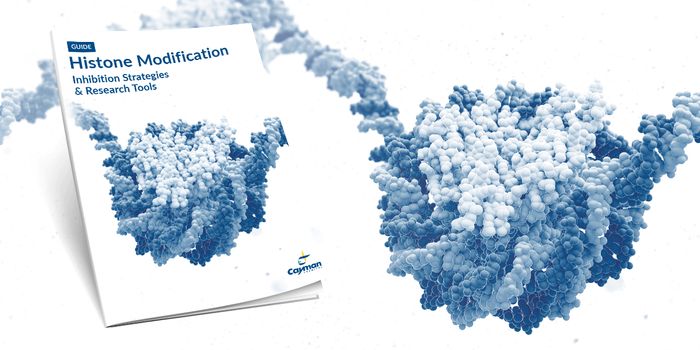It seems like Australia is home to some of the world's deadliest animals, like taipan snakes and box jellyfish. Even the native caterpillars of Southeast Queensland are venomous creatures. Snake and scorpion venom is already being studied for their medicinal potential, and now researchers want to know more about the biomedical potential of caterpillar venom. Scientists have suggested that it could be useful in pest control as well.
"We found [a venomous caterpillar] while collecting assassin bugs near Toowoomba and its strange biology and pain-causing venom fascinated me," said study leader Dr. Andrew Walker. Walker has been researching the Doratifera vulnerans since 2017. It lives in large areas of southeast Queensland and is commonly found in Toohey Forest Park on Brisbane's southside.
This is no harmless caterpillar. "Its binomial name means 'bearer of gifts of wounds'," Walker said.
Walker's team has revealed that the molecular structure of the caterpillar's venom has similarities to the ones generated by ants, bees, wasps, and spiders. It also contains bioactive peptides. Though more work will be needed to learn what they do, the researchers determined that some of these compounds are derived from cecropin, which is a natural antibacterial peptide found in insects. Others had similarities to peptides found in spider venom.
"Many caterpillars produce pain-inducing venoms and have evolved biological defenses such as irritative hairs, toxins that render them poisonous to eat, spots that mimic snake eyes or spines that inject liquid venoms," Walker noted. "Previously researchers had no idea what was in the venom or how they induce pain.
"We found that the venom is mostly peptides and shows stunning complexity, containing 151 different protein-based toxins from 59 different families."
Thirteen of the peptide toxins have been synthesized so far. "We now know the amino acid sequences, or the blueprints, of each protein-based toxin," said Walker. "This will enable us to make the toxins and test them in diverse ways."
Some tests have suggested that these peptides are potent, and can kill nematode parasites and potentially, pathogens that cause human disease.
"Our research unlocks a new source of bioactive peptides that may have use in medicine, through an ability to influence biological processes and promote good health," he said. "First, we need to work out what the individual toxins do, to inform us about how they might be used."
Sources: AAAS/Eurekalert! via University of Queensland, Proceedings of the National Academy of Sciences









